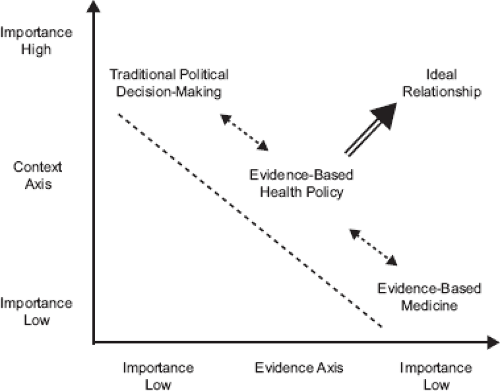The JBI Model of Evidence-Based Healthcare
The Model of Evidence-Based Healthcare (JBI Model) was developed by Pearson et al in 2005 to visually portray the methodological thinking and framework of activity that the Joanna Briggs Institute and its international collaboration had been working within. This model had been emerging and developing over the previous nine years (Pearson, et al. 2005).
Modelling Evidence-Based Healthcare
There are a number of models that attempt to represent the components of evidence-based healthcare to facilitate understanding, analysis, improvement and/or the replacement of the process as it is currently conceived, purported and practiced. The Ace Star Model of Knowledge Transformation (Stevens, 2004), for example, is ‘a simple, parsimonious depiction of the relationships between various stages of knowledge transformation, as newly discovered knowledge is moved into practice’. Configured as a simple five-point star, the model consists of five stages of knowledge transformation:
knowledge discovery;
evidence summary;
translation into practice recommendations;
integration into practice; and
evaluation.
Similarly, Dawes, Summerdkill, Glasziou, Cartabelotta, Martin, Hopayian, Porzsolt, Burls, et al (2005) present five stages of evidence-based healthcare:
the translation of uncertainty to an answerable question;
the systematic retrieval of the best evidence available;
the critical appraisal of evidence for validity, clinical relevance and applicability;
the application of results in practice; and
the evaluation of performance.
Titler and Everett (2001) also see the use of evidence as pivotal to understanding the evidence-based practice approach and cite the Rogers’ diffusion of innovation model as a useful conceptual guide. This model, when applied to the use of evidence-based guidelines, addresses four areas:
the characteristics of the guideline;
the users of the guideline;
the methods of communicating the guideline; and
the social system in which it is being adopted.
 Figure 3: Axes of Evidence-Based Decision-Making (From Dobrow, et al. 2004) |
The term ‘research utilization’ is used to describe processes akin to those of evidence-based healthcare, such as in the Stetler Model of Research Utilization. The Stetler Model applies research findings at the individual practitioner level. The model has six phases: preparation, validation, comparative evaluation, decision-making, translation, and application and evaluation (Stetler & Marram, 1976; Stetler, 1983; Stetler, 1985; Stetler, 1994). Dobrow, Goel and Upshur (2004) have developed a conceptual framework for evidence-based decision making arising out of a well-constructed critique of the current, dominant view of evidence-based practice. They suggest that prevailing conceptions of evidence-based practice are overly focused on ‘…a scientific conception of evidence – evidence developed through systematic and methodologically rigorous clinical research, emphasizing the use of science while de-emphasizing the use of intuition, unsystematic clinical experience, patient and professional values, and pathophysiological rationale’.
This, they argue, is too narrow and ignores other sources of evidence or relevance to clinical decision-making. Their ‘model’ (Figure 3) describes axes of evidence-based decision-making to describe the relationship between evidence and context. ‘Evidence axis’ describes the scientific evidence sourced to inform a clinical decision and ‘context axis’ describes contextual factors that inform the decision. They assert that evidence-based practice is currently focused on the evidence axis and pays little attention to the way that context impacts on evidence-based decision-making.
The JBI Model
Pearson and Jordan (2010) say “While considerable work is being undertaken internationally with regard to translational research, an inclusive approach that accounts for all elements of the research cycle is yet to be developed and implemented in a systematic way in many countries”. They go on to link addressing these three gaps with the JBI Model of Evidence-Based
Healthcare (JBI Model) described by Pearson et al. (2005). The JBI Model is developmental and, building on frameworks that have evolved, has been constructed out of experience with the evidence-based practice field; the emerging international work with the Joanna Briggs Institute and the international Collaborating Centers of the Joanna Briggs Collaboration; involvement in disseminating, implementing and evaluating evidence-based guidelines in clinical settings; and an examination of the scientific and professional literature.
Healthcare (JBI Model) described by Pearson et al. (2005). The JBI Model is developmental and, building on frameworks that have evolved, has been constructed out of experience with the evidence-based practice field; the emerging international work with the Joanna Briggs Institute and the international Collaborating Centers of the Joanna Briggs Collaboration; involvement in disseminating, implementing and evaluating evidence-based guidelines in clinical settings; and an examination of the scientific and professional literature.
Stay updated, free articles. Join our Telegram channel

Full access? Get Clinical Tree


